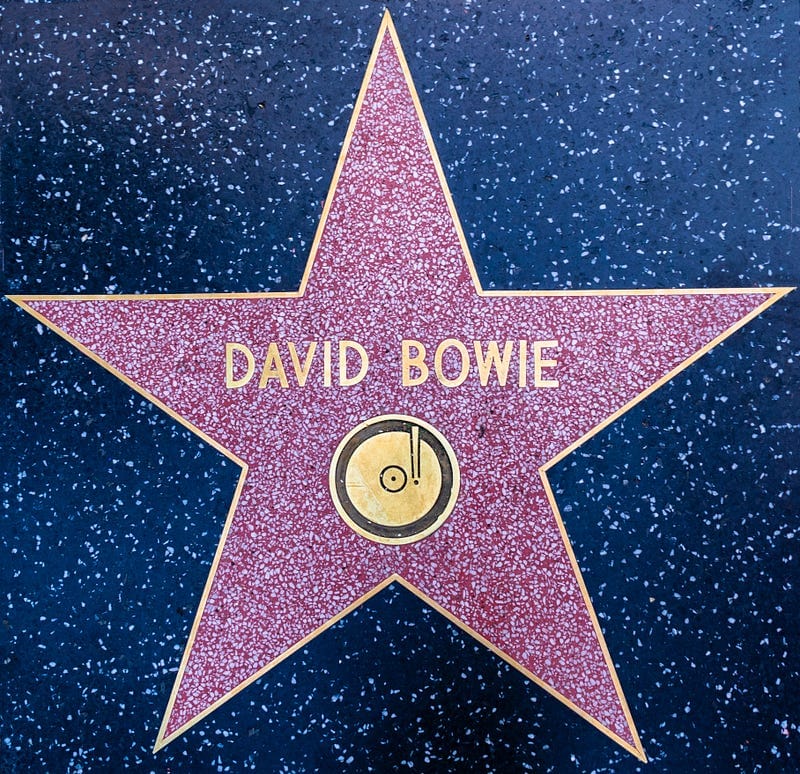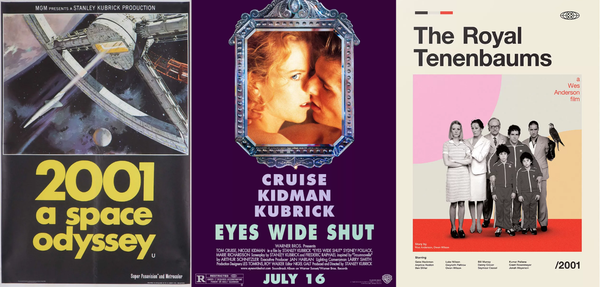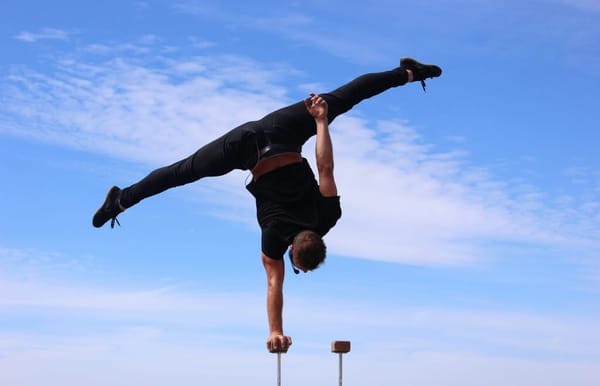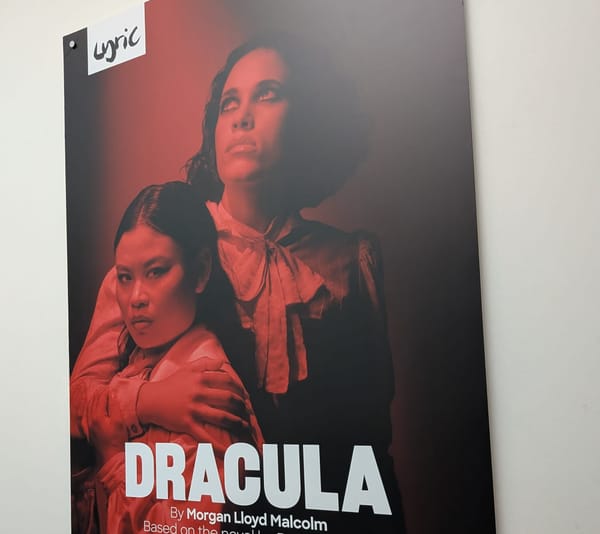Mick Ronson and David Bowie
We stay in the 1970s for a look at the career of another Hull musician, Mick Ronson. He’s not widely remembered outside East Yorkshire or…

We stay in the 1970s for a look at the career of another Hull musician, Mick Ronson. He’s not widely remembered outside East Yorkshire or the crowd from Monsters of Rock, but in the summer of 2017, Hull’s year as City of Culture, a statue of Mick was installed in Hull’s East Park.
It was while he was painting white lines on the rugby pitches of that park, in 1970, that David Bowie caught up with him in the form of a man called John Cambridge.
John was putting together a new backing band for Bowie and he had Ronson in mind. Incredibly, he had to put great effort into persuading the disillusioned Ronson to put down his white line painting machine and come to London for an audition. Just two days later, Ronson the gardener appeared, on 5th February 1970, with David Bowie on John Peel’s BBC Radio 1 show. Yes. John Peel again.
Remember our earlier warning: the success of any band is not preordained. If anything, the only pre-ordained outcome is abject failure.
This helps to explain Ronson’s reluctance to re-engage with the music business. Another explanation is that in 1970, the only person who had heard of David Bowie was David Bowie and his mum. This is partly because his 1960s stage name, Davy Jones, was eclipsed by a Monkee of the same name, and Davy Jones became David Bowie just in time for history to take note of his first album, the eponymous David Bowie.
And so we learn that Bowie was itself a construct, a stage name, a brand, and this makes it far less surprising that the band featuring him and Ronson somehow became an alien rock opera act called Spiders from Mars.
In fact there is so much to entertain and enthrall the rock fan here that we must be careful not to digress. Did you know that Bowie was inspired by Lindsay Kemp, the very same dance teacher who brought divine dancing capabilities to the young Catherine Bush? Later, as Kate Bush, her unique voice and pop video writhing launched a thousand other pop careers.
We forget the influence of Mick Ronson in all of this at our peril. After he parted ways with Bowie in 1973, he worked with international artists like John Mellencamp, himself a man of many names, David Cassidy, Roger Daltrey of the Who, Midge Ure, Mott the Hoople for a bit, and Ronson became the cream in a victoria sponge sandwich that included Jimmy Page and Eric Clapton when Creem magazine asked its readers who was the best guitarist of 1974.
Mick’s triumph is important because, if nothing else, it would have given a child of the 1960s or 1970s the belief that someone from Hull could become someone away from Hull. Someone, perhaps, in a world as rich and glittery as… popular music.
You already know that Paul arrived in Hull, if not by mistake then by chance, in 1983. Stan eventually returned to the house at 70 Grafton Street, and Paul signed him up. There probably wasn’t a contract at that time, but Stan and Paul wandered off into the town centre of Hull to give busking a go. And their journey of a lifetime began, culminating in a number one single, a cover version of a song called Caravan of Love, sung a capella in December 1986, and later reworded as the Transit Van of Love on the terraces of Hull’s football stadium, Boothferry Park. More on that next time.
You can listen to this episode on any podcast app or www.outtahull.uk now, totally free for life.





